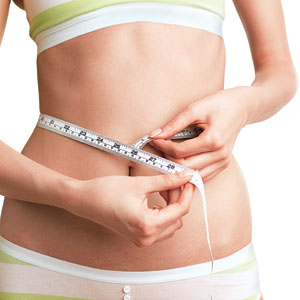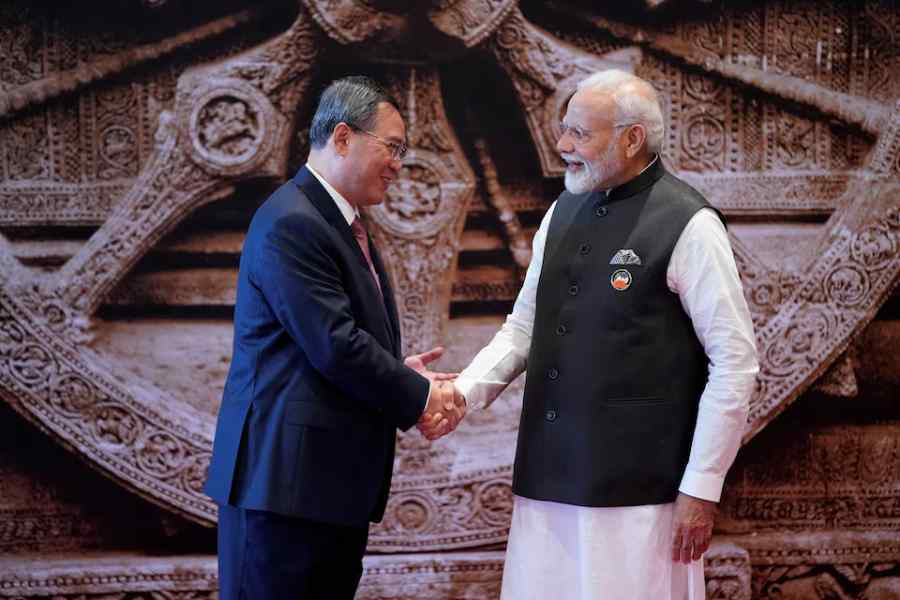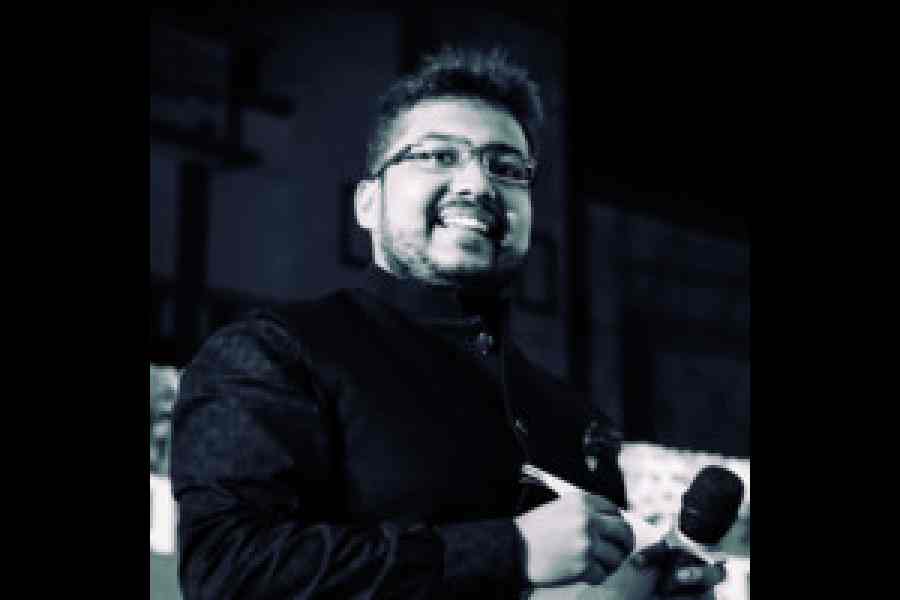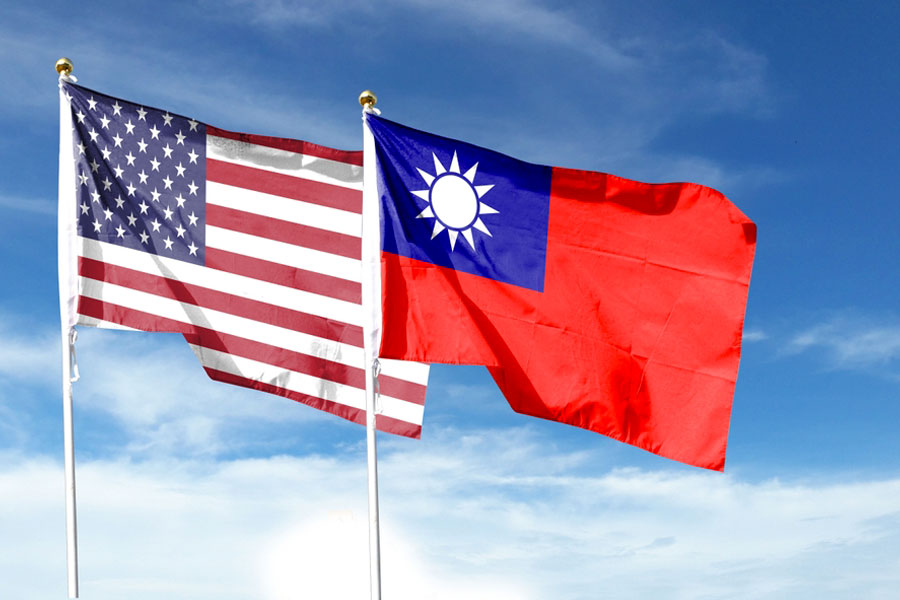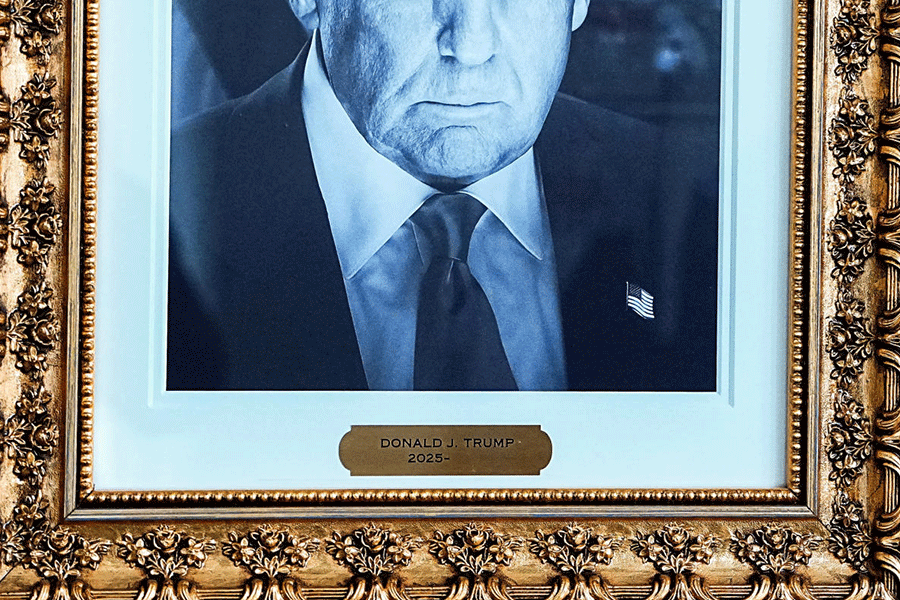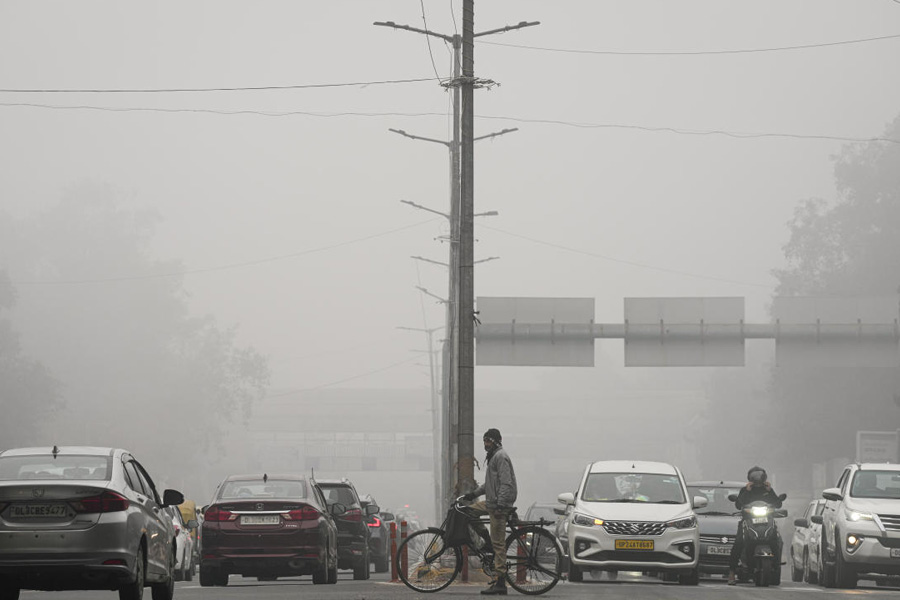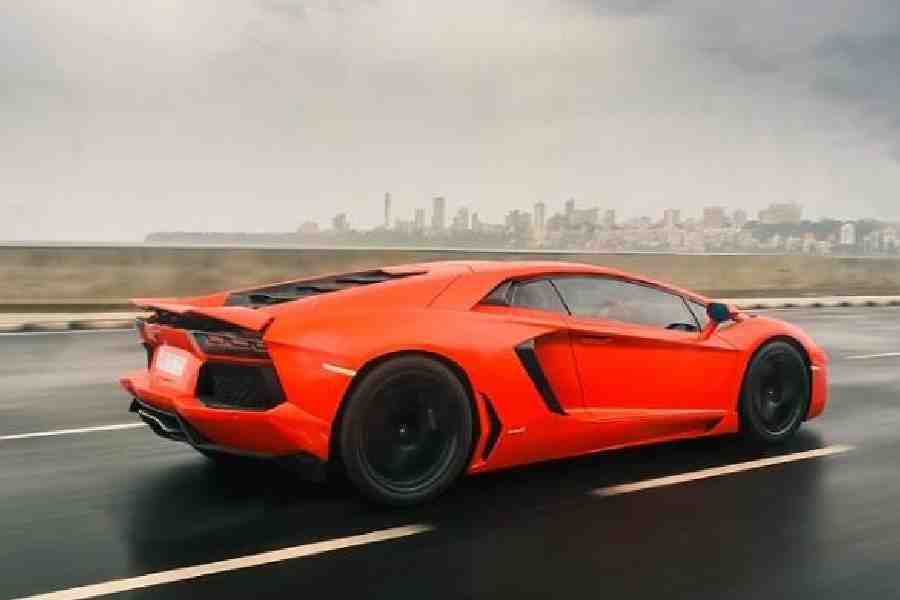So you want to make a mark at the party this evening? Don't forget to get your hair styled and to pick up a new dress. And, oh yes, in between you could get rid of that double chin. It's almost that easy these days to zap unwanted fat. In the top metros, more and more people are saying no to the scalpel, opting instead for what clinics describe as quick, non-surgical and painless weight loss procedures.
That's what Rajesh Mehta did when he got an interview call for his dream job. He chalked out a two-pronged preparation plan. One, he'd brush up his work knowledge. Two, tackle the love handles on the waist that made him look dowdy in formal wear. 'Good looks win half the battle,' the Delhi-based marketing executive, 42, reasons.
With no time to hit the gym, he opted for cryo-lipolysis, a procedure that promised to melt his fat cells like butter while he lay back and read a book. 'I took 10 sessions and my love handles almost vanished,' Mehta says. He took the interview a more confident man.
Cosmetic surgeons call them the lunch-time lipos. A new generation of non-surgical fat-loss technologies that offers no-touch, no-pain and no-downtime weight loss solutions is becoming all the rage among urban Indians. The trend has become popular in the last three years or so in India, in the wake of its growing popularity in the West.
'Our appointment schedule is packed for the next three months,' claims Chiranjiv Chhabra, founder director, Skin Alive Cosmetic Clinic, who conducted the procedure on Mehta. Skin Alive has five centres in Delhi and Gurgaon, where it offers non-invasive treatment such as laser lipolysis, injection lipolysis and Smooth Shape, besides cryo-lipolysis.
These procedures use mediums such as laser rays and ultrasonic waves to deflate or kill fat cells in the body. 'Patients can walk in during lunch hour and read a magazine while laser beams zap away their fat,' Chhabra says.
Cryo-lipolysis is conducted using an apparatus called the Cool Sculpt machine. One end is attached to the patient's body, where it creates a vacuum, reduces the temperature to -10 ° Centigrade and crystallises fat cells. 'Fat cells get damaged in sub-zero temperatures. They eventually die and are metabolised by the body,' Chhabra explains.
The procedures are usually in demand for removing double chins and love handles, fat from upper, lower and mid abdomen, arms, thighs, upper and lower back, and the jawline. The clients' ages range from 25 to 55, Chhabra adds.
There are reasons the new methods are in demand. Traditional liposuction procedures require problem areas to be cut open in an operation theatre and the fat pumped out. 'People are usually wary of surgeries,' says Deepak Chaturvedi, medical director, Amaaya Antiaging and Wellness Clinic, Mumbai.
Started three years ago, Amaaya offers only non-surgical fat loss solutions. 'We have conducted the procedures on over 1,800 patients,' Chaturvedi says, adding that a second centre is being set up in Mumbai to cater to the rising demand.
Experts, however, are in two minds about the procedures. Many cosmetic surgeons believe the new methods have limited effectiveness. 'Non-invasive procedures cannot compare with the results that traditional liposuction can achieve,' says D.S.A. Surindher, consultant cosmetic surgeon, Cosmesis India, Bangalore. While traditional liposuction surgeries can remove up to 10 litres of fat, non-surgical procedures don't even touch the one-litre mark, he adds.
Many of the non-invasive methods have to be followed up with diets and exercise, too. 'So you don't know if it's the diet or the laser treatment that's working,' Mohan Thomas, founder president, Society for Cosmetic Surgeons, argues.
But the growing interest in such techniques has prompted the surgeon to embrace non-invasive procedures. His Mumbai-based Cosmetic Surgery Institute offers a skin tightening procedure — Body Tight — to knock a few centimetres off the waist. 'It's a single sitting procedure to tighten the skin on the abdomen,' he explains. About 20 patients undergo the treatment at his clinic every week, he adds.
Another method much in use is the Zerona lipolysis. Jaya Pohani, who along with her husband had been nicknamed the double-XL couple because of their excess kilos, can't stop raving about it. 'It's the easiest way to lose flab,' says Pohani, who refused to join her husband when he opted for a bariatric surgery.
'I would lie back while a five-armed, octopus-like machine beamed laser rays on my abdomen,' says Pohani, adding that she lost 14kgs after 16 sessions. 'The only downside was that I had to buy a whole new wardrobe for myself,' she gushes.
Zerona works on the principle that fat cells, when exposed to a laser ray of 635 nanometre wavelength for 18 minutes, develop a transitory pore. 'The fat stored in the cell seeps out and is metabolised by the body naturally, when combined with diet control and exercise,' Amaaya's Chaturvedi, who conducted the procedure on Pohani, explains.
While a traditional surgery-based liposuction costs between Rs 30,000 and Rs 1 lakh, non-invasive procedures can be more expensive, depending on the number of sittings required. A Zerona session at Amaaya costs Rs 5,000. 'The machines for non-invasive procedures are imported and cost Rs 20 lakh to Rs 85 lakh. Cosmetic clinics take years to break even,' Thomas explains.
Some of the clinics even offer packages. At Bangalore's Body Science clinic, patients can get their skin tightened, cellulite removed and fat reduced — all at one go, says Fathima M., medical director, Body Science. She adds that 3,000 patients have undergone the procedure at her centre.
In Chandigarh, K.M. Kapoor's Anti Clock Medi Spa offers a Mommy Makeover package to help new mothers get back into their pre-pregnancy denims. Besides ultrasonic fat reduction, it offers two semi-invasive procedures to clients: Mesotherapy — where an enzyme injected under the skin dissolves the walls of fat cells — and Ultrashape — where a probe is passed into the body through a 3mm hole to break fat cells.
Five years ago, traditional liposuction surgeries were the mainstay of Kapoor's practice. 'But now I do about 15 non-invasive procedures every month and only half as many liposuction operations,' he says.
But Surindher is still sceptical. 'Such procedures are effective only in small areas, such as double chins and sagging bags (under the eyes). These aren't single sitting procedures, as one sitting is not effective. Most doctors offer packages of multiple sittings,' he says.
Even Kapoor stresses that non-invasive procedures need to be backed by diets and workouts.
'After childhood, the number of fat cells remains constant in a body. Only their size increases or decreases. Traditional liposuction can remove about 60 per cent of these cells, so that fat collection does not happen in the future,' he explains. 'Non-invasive procedures don't offer the same results because they don't remove as many fat cells. Also, some procedures merely squeeze the fat out of the cell and shrink it.'
But Rajesh Mehta is happy. He has repeated the cryo-lipolysis procedure, and also exercises regularly now to ensure that the love handles don't make a comeback. And, by the way, he did manage to get his dream job.

